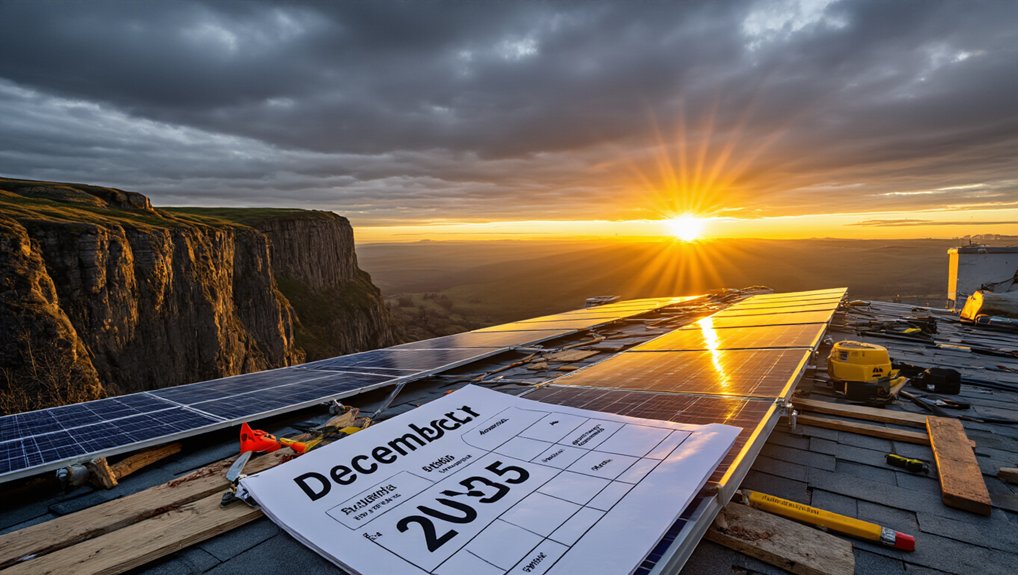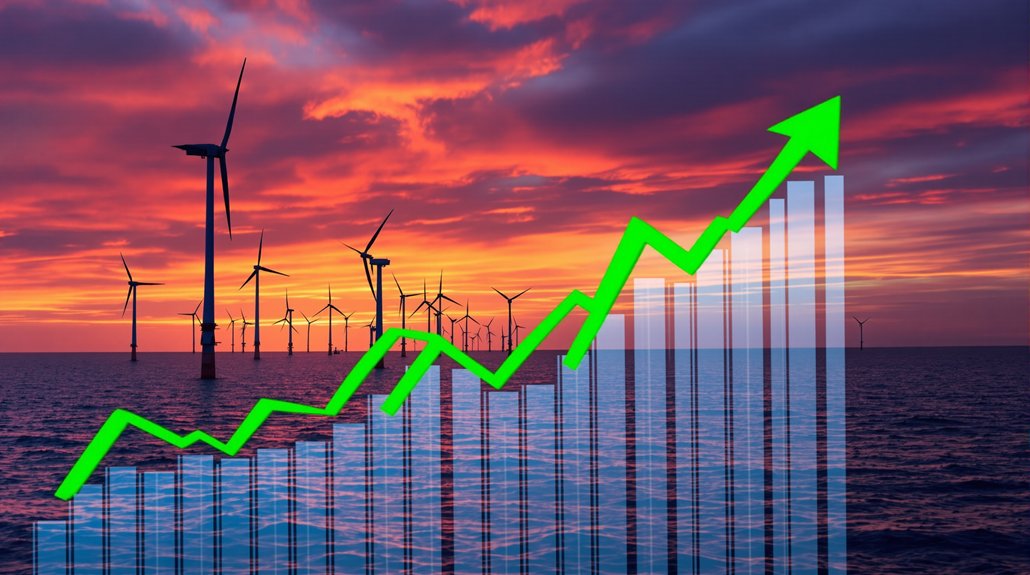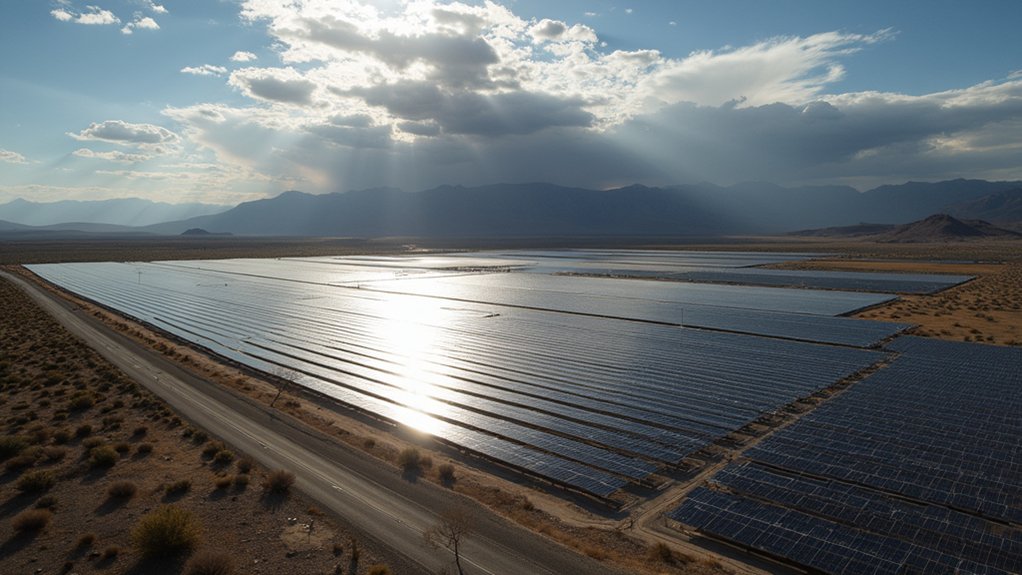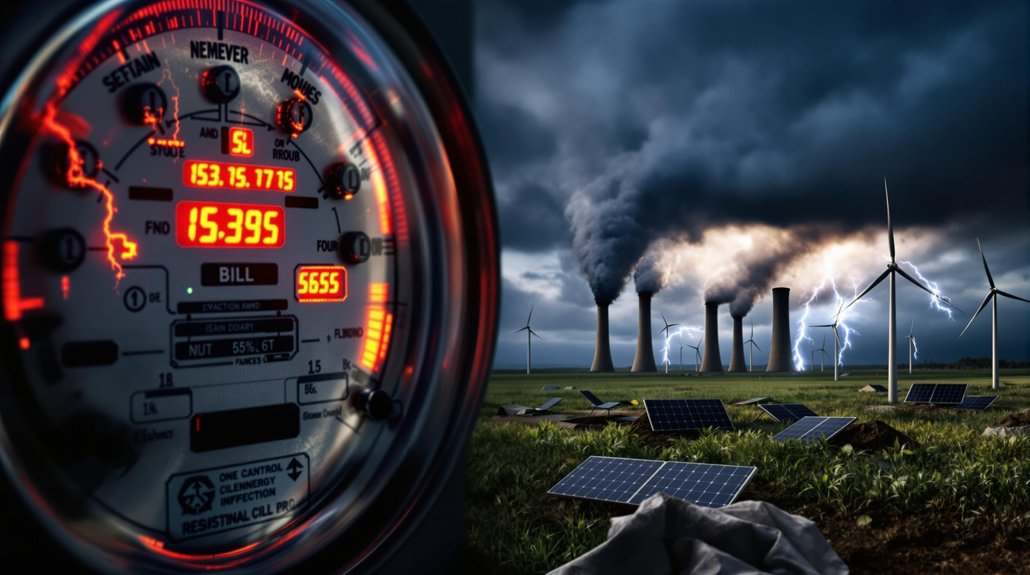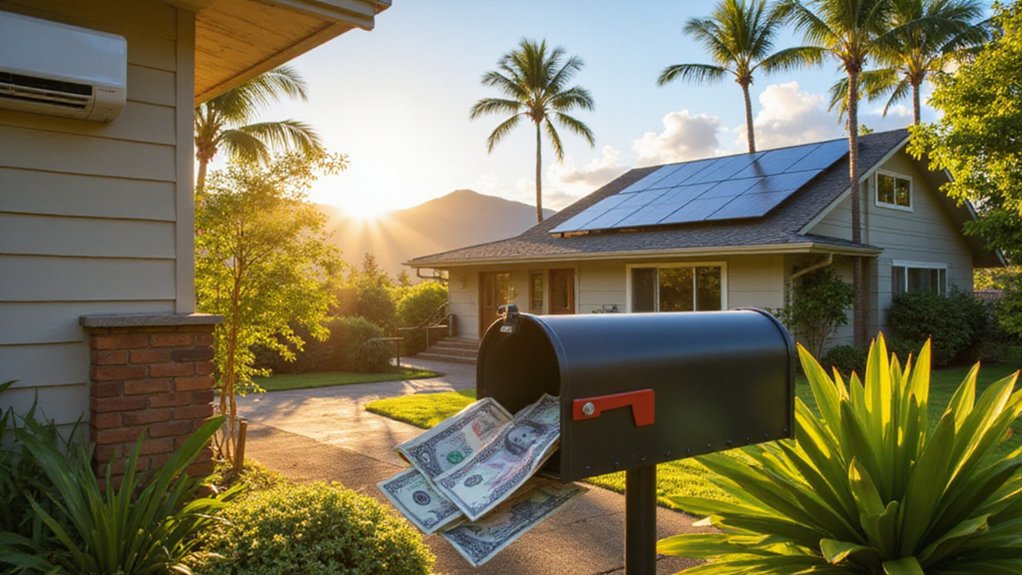Panic. That’s what’s spreading through the residential solar industry as companies wrestle with the upcoming federal tax credit expiration. The 30% residential solar tax credit will vanish completely on December 31, 2025—not phasing out gradually like many expected. Thanks to the ironically named “One Big Beautiful Bill,” homeowners who install systems even one day late get exactly zero federal help.
The timing couldn’t be worse. Solar installers nationwide are already calculating the damage. No shift period. No grandfather clause for projects in progress. Just a hard stop that has companies scrambling to adjust business models built around federal incentives.
Solar companies face a brutal deadline with zero flexibility—adapt or die when incentives vanish overnight.
The math is simple and brutal. Remove 30% government support, and watch demand plummet. Industry experts predict significant job losses as companies either downsize or pivot to commercial projects where some incentives remain. But those too face stricter rules and new deadlines. This situation perfectly illustrates the Clean Energy Paradox where climate-friendly policies can trigger counterproductive responses in the short term.
What’s brewing is a perfect storm of urgency and bottlenecks. As the 2025 deadline approaches, expect a mad rush of homeowners desperate to lock in that 30% savings. This surge will stretch installation teams thin, creating backlogs that might cause some customers to miss the cutoff entirely. Too bad, so sad—no exceptions.
The politics behind this are transparent as glass. Clean energy incentives weren’t just reduced—they were targeted. Commercial solar gets to hang around with modifications while residential gets the guillotine.
For solar companies, the financial outlook is grim. Higher customer costs mean fewer sales. Fewer sales mean less revenue. Less revenue means workforce reductions. It’s economics 101 with a side of corporate panic. Stocks for major players like Sunrun and Enphase Energy have already seen significant price drops as the market anticipates the looming cliff. Unlike residential systems, commercial projects benefit from a more generous timeline with the 48E tax credits continuing until December 31, 2027.
Consumers rushing to beat the deadline will find themselves with less negotiating power as demand outstrips supply. And misinformation will run rampant as deadline pressure builds.
The only certainty? December 31, 2025, is coming fast—and with it, the end of an era for residential solar.
References
- https://www.greenlancer.com/post/solar-tax-credit-going-away
- https://www.solar.com/learn/senate-releases-updated-one-big-beautiful-bill-text-what-it-means-for-solar/
- https://www.wunc.org/environment/2025-07-03/big-bill-clean-energy-residential-solar
- https://www.mwe.com/insights/the-one-big-beautiful-bill-act-navigating-clean-energy-tax-credits-in-a-new-era/
- https://www.novoco.com/notes-from-novogradac/the-final-one-big-beautiful-bill-act-is-bad-news-for-solar-wind-home-energy-efficiency-other-clean-energy-tax-credits
